A planar expansion diagram of a tetrahedron ABCD is shown in the above figure, where the quadrilateral AEFD has a diamond with a side length of 2Sqrt 2, B and C are the midpoints of AE and FD, respectively, and BD=2Sqrt 2
Clear["Global`*"]; a = {0, 0}; b = {Sqrt[2], 0}; e = {2 Sqrt[2], 0}; d = {Sqrt[2]/2, Sqrt[30]/2}; c = {3 Sqrt[2]/2, Sqrt[30]/2}; f = {5 Sqrt[2]/2, Sqrt[30]/2}; rl = Line[{{a, b}, {b, e}, {e, f}, {f, c}, {c, d}, {a, d}, {b, d}, {b, c}, {c, e}}]; labels = {Text[Style[A, 12, FontFamily -> "Times"], a, {1, 1}], Text[Style[B, 12, FontFamily -> "Times"], b, {1, 1}], Text[Style[C, 12, FontFamily -> "Times"], c, {-2, -1}], Text[Style[D, 12, FontFamily -> "Times"], d, {3, 0}], Text[Style[E, 12, FontFamily -> "Times"], e, {-1, 1}], Text[Style[F, 12, FontFamily -> "Times"], f, {0, -1}]}; Graphics[{rl, labels}] Can you draw its planar shape and find a way to convert it into a spatial tetrahedron?
This flat unfolding diagram is restored to a spatial geometry, which is a tetrahedron with equal length relative to its edges, as shown in the following figure,The tetrahedron in the middle of the cuboid,The length, width, and height of the outer cuboid are:Sqrt[7], 1, 1,Figure A (E) CD (F) B is the final desired result:
To be more intuitive, the spatial geometry marked in red in the following image is the final shape.
The relationship between the length, width, and height of a cuboid and the edge length of a tetrahedron is shown in the figure below, and the quantity of each edge length has been identified. Prove that the red part of the tetrahedron is the desired one.

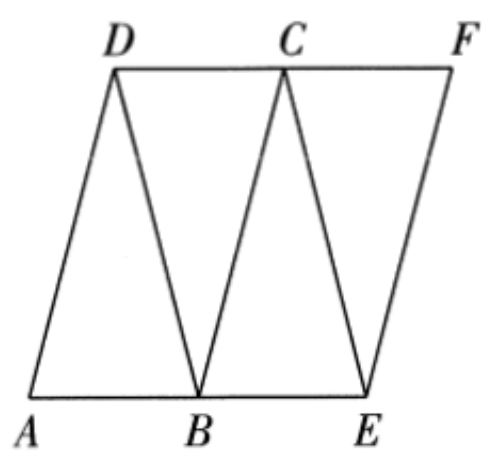
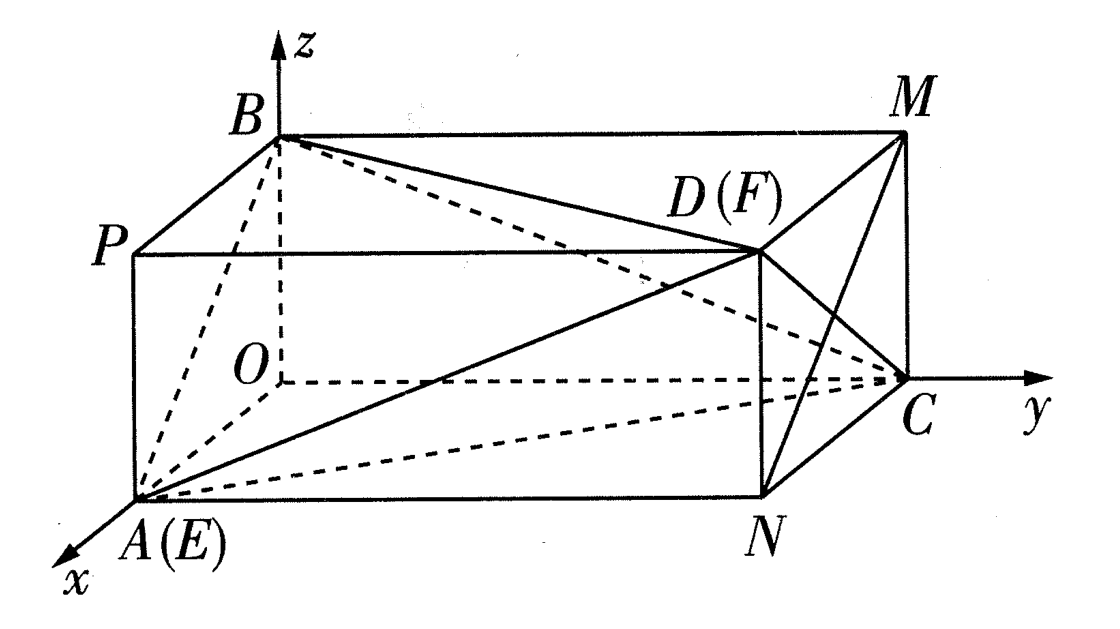
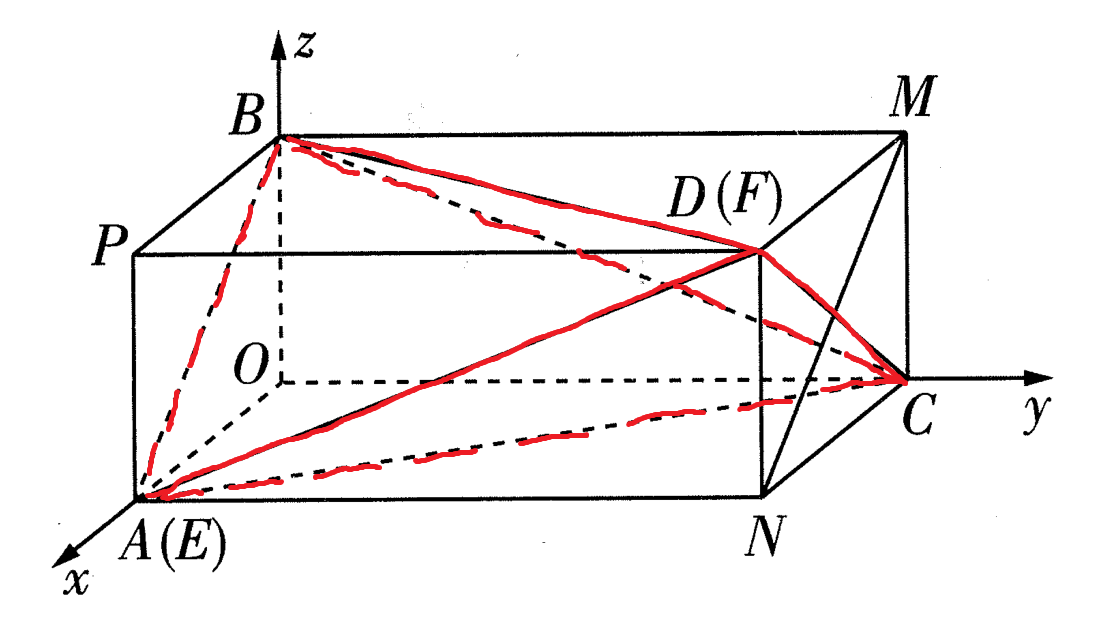
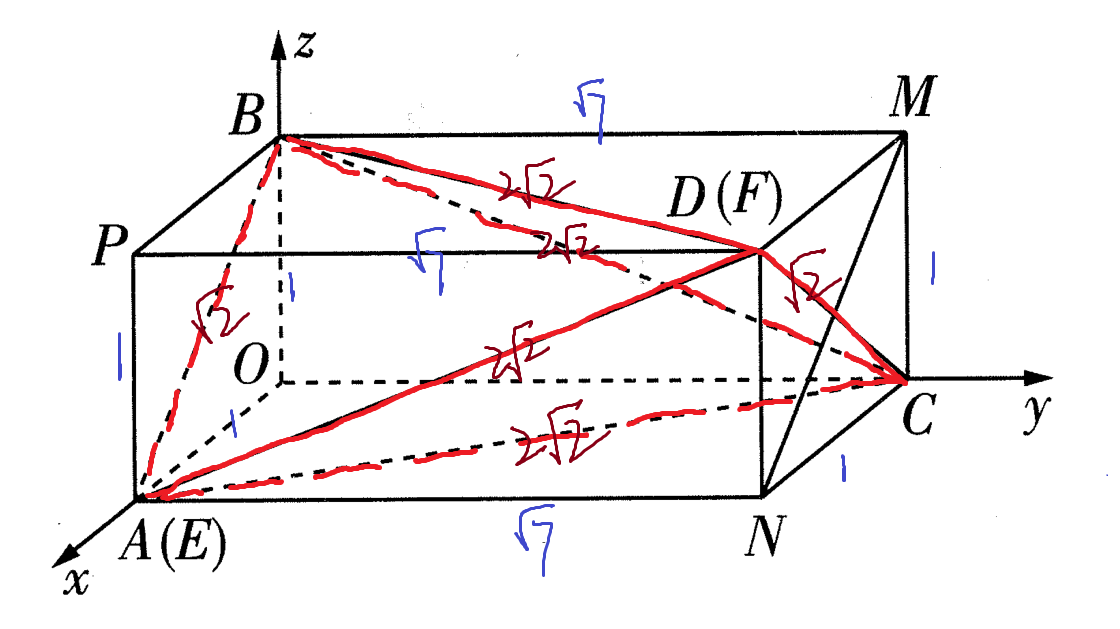
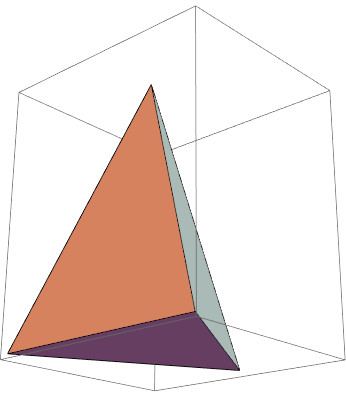
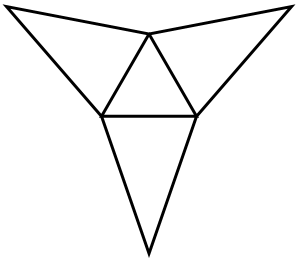
PolyhedronData["Tetrahedron", "Net"]doesn't match with the OP. $\endgroup$